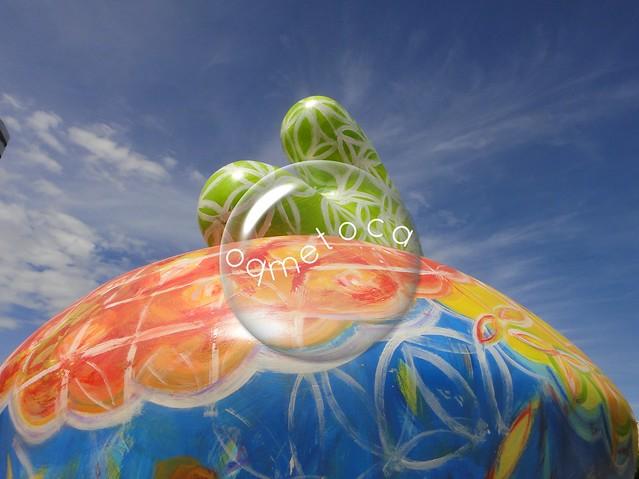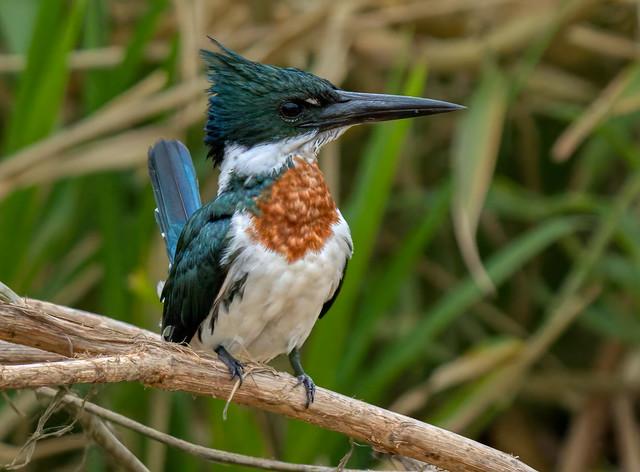Rio Grande do Norte
Overview
Geography and Natural Beauty
Rio Grande do Norte, located in the northeastern region of Brazil, boasts some of the country's most stunning landscapes. The state is famous for its breathtaking beaches, such as Ponta Negra in Natal, where the iconic Morro do Careca, a giant sand dune, looms majestically. The coastline stretches for miles, offering crystal-clear waters, golden sands, and vibrant coral reefs, making it a paradise for beach lovers and water sports enthusiasts alike. The unique phenomenon of the Genipabu Dunes, with their rolling hills of sand and opportunities for dune buggy rides, presents a thrilling adventure for visitors seeking excitement in nature.
Cultural Richness
The culture of Rio Grande do Norte is a vibrant tapestry of indigenous, African, and Portuguese influences. This is reflected in its music, dance, and cuisine. The forró, a traditional genre of folk music and dance, is integral to the local culture, particularly during festivities such as the Festa de São João. Visitors can experience lively dance performances and engage in the rhythms that keep the spirit of the region alive. The culinary scene is equally diverse, with dishes like carne de sol (sun-dried beef) and tapioca being local favorites that showcase the region's agricultural bounty.
Historical Significance
Rio Grande do Norte holds an important place in Brazilian history. The capital city, Natal, was founded in 1599 and played a crucial role during World War II, serving as a strategic point for the Allies. The Fort of the Three Kings (Forte dos Reis Magos) is a historical site that dates back to the early 16th century, offering a glimpse into the colonial past and the fortifications that protected the city. Visitors can explore this fort, which is situated at the mouth of the Potengi River and provides panoramic views of the coastline.
Festivals and Local Traditions
Festivals are a highlight of life in Rio Grande do Norte, with events that attract locals and tourists alike. The Carnaval is celebrated with exuberance, featuring parades, samba competitions, and street parties that pulse with energy. Additionally, the Festa do Boi in Assu, a celebration of cattle ranching, showcases the state's agricultural heritage with rodeos, music, and traditional foods. These festivals offer travelers an authentic experience of local customs and a chance to connect with the vibrant community.
Outdoor Activities
For those seeking adventure, Rio Grande do Norte is an outdoor playground. The Parque Nacional de Jericoacoara offers spectacular hiking trails, while its lagoons, such as Lagoa do Arituba, invite visitors for relaxation and swimming. Kitesurfing and windsurfing are popular activities, particularly in São Miguel do Gostoso, a charming beach town known for its consistent winds and welcoming atmosphere. Whether it's exploring the lush landscapes of the interior or diving into the vibrant marine life along the coast, there’s no shortage of outdoor experiences to enjoy.
Local Crafts and Markets
The artisan culture in Rio Grande do Norte is thriving, with local markets showcasing handmade crafts. In Natal, the Feira de Artesanato features a plethora of products, from lacework to ceramics, reflecting the craftsmanship of the region. Visitors can find unique souvenirs while supporting local artisans. Additionally, the Mercado da Redinha offers a sensory delight with its fresh seafood, street food, and vibrant atmosphere, making it an ideal spot to taste local flavors while mingling with residents.
Rio Grande do Norte presents a captivating blend of natural beauty, rich culture, and historical significance, making it a must-visit destination for travelers seeking to experience the essence of Brazil. From its stunning beaches and adventurous activities to its vibrant traditions and warm hospitality, this state invites exploration and connection.
How It Becomes to This
History not available

You May Like
Explore other interesting states in Brazil
Discover More Area
Delve into more destinations within this state and uncover hidden gems.












